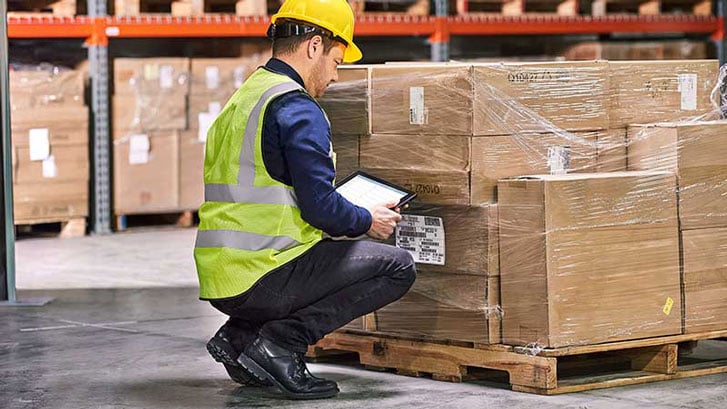Efficient innovation has always been part of Avalon’s commitment to our clients. After navigating through triumphs and tribulations alongside a multitude of resilient teams, that goal hasn’t changed. That’s why we’re starting the year with a dedication to continue empowering businesses with sustainable solutions that drive down costs, maximize productivity, and most importantly, protect our environment. Now more than ever, business decisions have the capability of impacting entire communities; therefore, partnering with leading manufacturers like Zebra Technologies, Avalon’s experts are diving into a series of sustainable efforts that fit the modern warehouse with:
- Cost-effective automation that reduces labor waste
- Energy-efficient mobile devices that last throughout your longest shifts
- Adaptable mobile computing to eliminate unnecessary deployment of supporting devices
- Long-lasting consumables to reduce reprints
- Greater warehouse visibility and traceability backed by real-time locationing solutions
Building the Sustainable Supply Chain
The push for sustainability may have stemmed from increased consumer demand for better traceability. However, studies suggest that today’s businesses are gravitating towards sustainable practices to lower operational costs and improve revenue performance. Since over 80% of a business’s environmental impact comes from its supply chain, digitized transparency has become the cornerstone in achieving a sustainable supply chain. Below are a few ways we’ve seen transparency result in sustainable operations throughout the whole supply chain:
- In production and manufacturing – In 2018, the EPA estimated that manufacturing and production companies disposed of 292.4million tons of wasted material, including scraps, yard trimming, foods, etc. To make sure operations only use the appropriate amount of materials, visibility services, such as MotionWorks, have been implemented for just-in-time delivery of goods, preventing an excess of materials (and money) from being disposed of in landfills.
- In warehousing and distribution – In 2020, the average warehouse’ square foot space cost $7.18, almost a dollar increase from 2017. Wasteful storage costs money to run and can result in spoiled and misplaced inventory, which must later be thrown out as it becomes unsellable. Proper inventory management built with error-free automated data capture and long-lasting consumables can establish reliable identification parameters from receiving to shipping, preventing loss and shrinkage.
- In transportation and logistics – Across the country, fuel prices continue to fluctuate. By integrating visibility solutions like RFID locationing and flexible network connectivity, businesses can track field teams to optimize travel routes for better fuel usage. Devices like Zebra’s TC7X touch computers empower field teams with dependable real-time connectivity for route changes and schedule updates to adjust workflows with minimal costly interruptions.
- In retail and grocery – In addition to preserving the environment, sustainable retail operations result in higher profitability as consumers are willing to pay up to 20% for ethically-sound products. Traceability is key here since several regulation agencies work together to verify eco-friendly claims. Paperless data processing via automated data entry and computing can help eliminate errors and facilitate data sharing for seamless audits and updates.
Whether your operations are at the beginning of the end of the supply chain, every team can benefit from sustainable optimization. To see how you can add sustainability into your enterprise goals for the year, reach out to our modernization experts for an in-depth assessment of your workflows and find out where you can substitute inefficiency with dependable and transparent enterprise intelligence.





